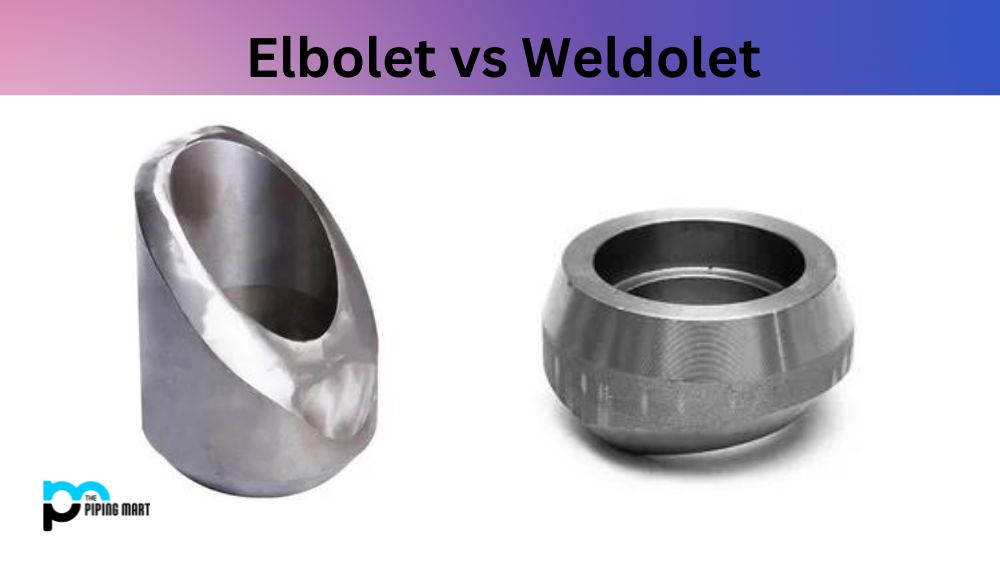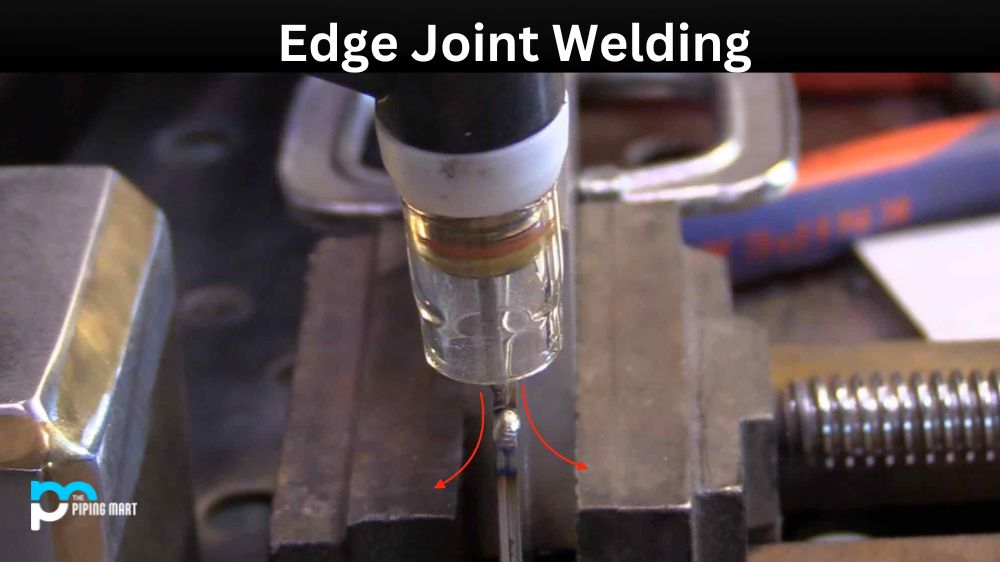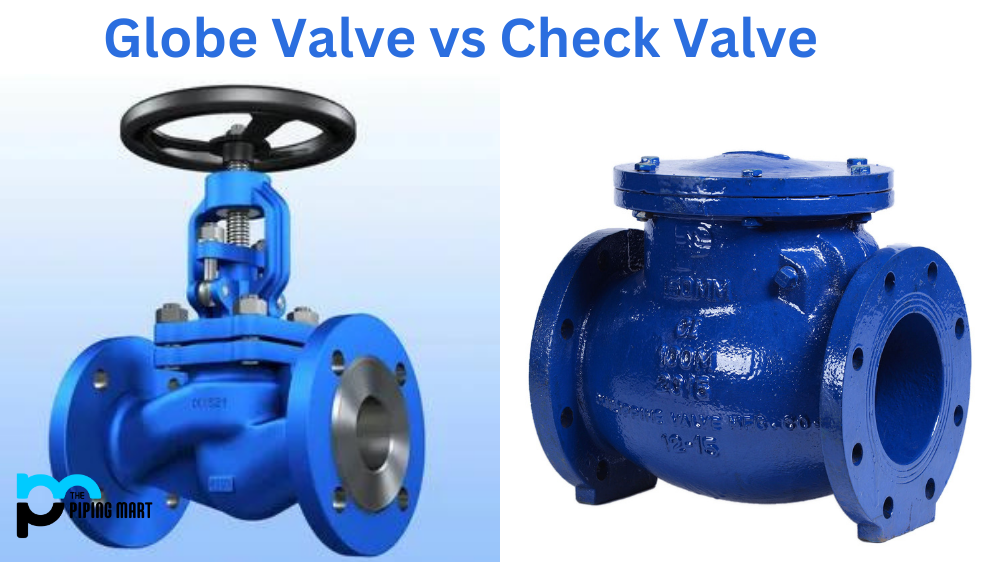Seam welding is used in the fabrication and manufacturing industry to combine two pieces of metal. It is a highly reliable, cost-effective, fast and accurate method. But there are different types of seam welding, each with unique advantages. Let’s look at the different kinds of seam welding so you can choose the best option for your project.
Types of Seam Welding
Continuous Seam Welding
Continuous seam welding involves a rotating wheel that moves along the length of the joint, providing continuous contact between the two metals to be joined. This type of weld is used when speed is paramount and precision is less important. For example, it may join two sheets of metal in an automotive assembly line where quick and efficient production is key.
Resistance Spot Welding
Resistance spot welding uses electrical energy to create an arc which melts both parts of the metal together at one point, creating a strong weld that’s difficult to break apart. It’s commonly used for joining thin metal sheets, such as those found in auto body panels or industrial sheet-metal components. It’s also popular for joining electrical components like batteries or capacitors because it creates an airtight seal that prevents leakage.
Projection Welding
Projection welding is similar to resistance spot welding in that it relies on electrical current to create heat at specific points along a joint. However, this type of weld also uses projections around the joint area which help focus the heat onto specific areas for maximum strength and durability. Projection welding is ideal for applications where high-strength joints are needed, but space is limited because it doesn’t require large electrodes or bulky equipment like other types of welders do.
Conclusion:
No matter what kind of project you have in mind, there’s a type of seam welding that will fit your needs perfectly! From fast continuous seams to strong projection welds, each technique has unique advantages and disadvantages based on your application requirements. Research all your options before committing to any type to ensure you’re using the right method for your project!
Meet Heer, a dynamic and driven writer learning tricks of her trade in the metal industry. With a background in Digital Marketing, Heer brings a unique perspective to her writing, sharing valuable insights. Apart from blogging she like reading and hiking.




